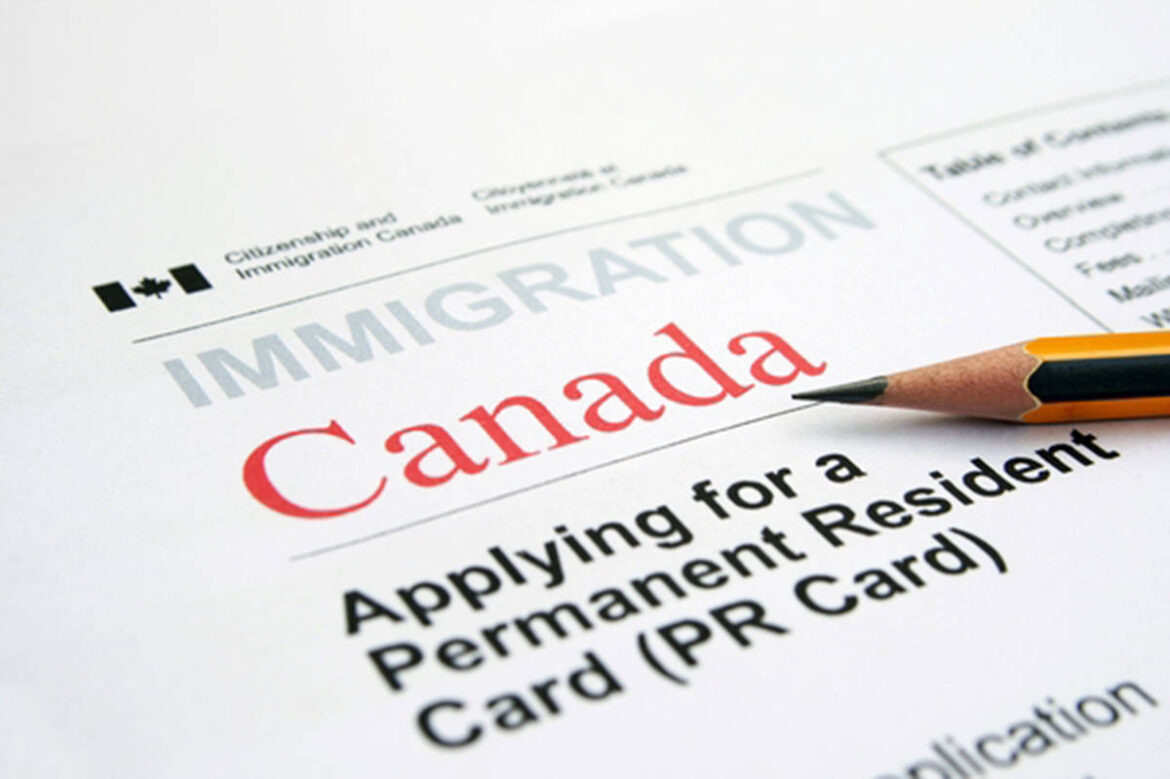The temporary resident to permanent resident pathway is a limited-time option for obtaining permanent residency. It is for select temporary residents and their families who are currently working in Canada.
The TR to PR track, which is a response to Canada’s demand for immigration to assist build the economy and provide much-needed skill and labour to the workforce, is a new permanent residency pathway for key employees and graduates.
What Is TR To PR Pathway Canada?
The Immigration, Refugees and Citizenship Canada (IRCC) has announced the intake of essential workers and graduates from May to November of this year in order to reach the objective of 4,01,000 immigrants established for 2021-2023.
With the travel restrictions remaining in place, the Immigration and Refugee Council of Canada (IRCC) declared that temporary residents (TR) in Canada would be eligible for Permanent Residency (PR). This action is being taken in order to accomplish the previously set goal of attracting talented immigrants.
IRCC anticipates 90,000 applications from essential employees and international students who are currently temporary residents in this stream. The requirements have been given out by IRCC, which are either the number of applications expected to be submitted or before November 21, whichever comes first.
The TR to PR road is a new path to Permanent Residency in Canada. Applicants must submit their applications using the TR to PR Canada portal.
Eligibility for Canada’s TR to PR immigration streams for essential workers
Essential workers who have been critical to Canada’s ongoing management of the COVID-19 pandemic will be eligible to apply through two streams: one for temporary workers in 40 health-care occupations with a quota of 20,000, and another for temporary workers in 95 other essential services occupations with a quota of 30,000.
Why is it necessary for Canada to have TR to route immigration programmes?
The epidemic has shed a bright light on the amazing contributions of newcomers,” Minister Mendicino said, emphasising the necessity of recognising the incredible contribution of temporary residents in Canada, particularly in light of the hardships of the previous year.
These new laws will assist persons with temporary status in planning their future in Canada, as well as play a significant part in our economic recovery and rebuilding.
Who can apply to the TR to PR pathway?
To be considered for one of the new permanent residency streams, you must fall into one of three categories:
- In the healthcare industry, a temporary worker.
- Other vital vocations require a temporary worker. This covers a wide range of positions, from cashiers to electricians.
- A recent post-secondary school graduate from Canada.
How to apply to the TR to PR pathway
The first step is to make sure you’re eligible for the new route. To see if you’re eligible to apply for one of the steams, the IRCC has released an eligibility tool. Here is a link to the eligibility checker.
After you’ve created an account, you’ll be provided a document checklist that includes all of the forms and papers you’ll need to submit for your application.
The forms are not part of the portal; they are separate printable forms that you must fill out (preferably on your computer) and then upload into the appropriate portion of the portal.
The application forms can be found here. There are also precise instructions on how to electronically sign the required forms at this site.
Required documents for all temporary resident to permanent resident pathway streams
- Proof of your admission into Canada and your legal status in the country
This will be required both when you apply and when your application is reviewed. A copy of your most recent immigration document, such as a work permit or study permit, will be required to confirm your status.
- Proof of current employment in Canada
This should contain your work permit, a letter of recommendation from your current employer, and your most recent pay stubs.
These documents are required to meet the eligibility condition that you be employed at the time of application. As a result, these documents may differ from the ones you’ll need to establish you worked in a healthcare or vital occupation.
- French or English language test results
The ELSA app, as previously indicated, is a useful tool for passing the speaking portion of the English test. They’ve partnered with IELTS, therefore it’s a good fit for passing the test. It is used by many of my non-native English-speaking friends and co-workers to improve their spoken English.
- Immigration Medical Exams
A medical exam by an accredited physician is required of all new permanent residents.
- Police certificates
Everyone in your application who is 18 years or older will need to have their criminal records checked. For any country where you spent more than 6 months in a row in the last ten years, you’ll require a police certificate.
- Each member of the application’s family is represented by a photograph.
The images must have been taken within six months of the application being submitted. The specifications for the photo are detailed at the conclusion of this section.
Frequently Asked Questions
The number of applications for the TR To PR Pathway Canada for French-speaking immigrants is unrestricted. The candidate must provide evidence of language proficiency.
The Permanent Resident Card has a 5-year validity period and must be renewed within 6 months after its expiration date. Some Permanent Resident cards in Canada are only good for a year.
Check the status of your application by logging into your profile where it was submitted. They make the necessary changes in your account.
Final Thoughts
The applicant must complete the TR TO PR Canada portal’s application and submit the needed documentation.
It’s unclear whether this is a one-time or regular incident. This is an excellent time for immigrants in Canada to apply for Permanent Resident status.




